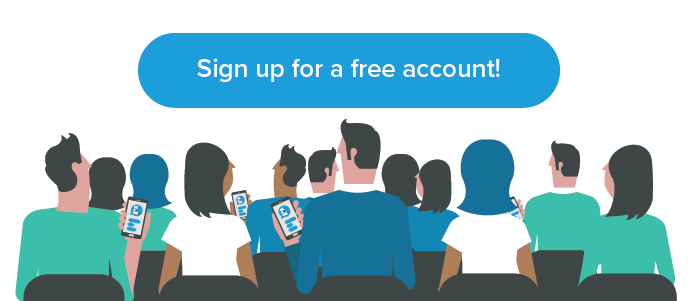In today's digital age, education is transforming rapidly, with Technology Enhanced Learning (TEL) at the forefront. TEL refers to the integration of technology to enrich and enhance the learning experience. In universities, learning technologists play a vital role in sourcing and implementing interactive technology that improves student learning outcomes. In this blog, we will explore what TEL is and highlight the importance of interactive technology in university classrooms.
What is TEL?
Technology Enhanced Learning (TEL) involves the strategic use of technology tools and resources to support and enhance learning experiences. It goes beyond simply using technology for its own sake, instead focusing on how educational technology can facilitate active and personalized learning. TEL encompasses a wide range of tools and approaches, from online learning platforms to interactive software and applications.
The role of Learning Technologists
Learning Technologists at universities are dedicated professionals who specialize in sourcing, evaluating, and implementing technology solutions that enhance the learning experience. Their goal is to identify interactive and engaging tools that align with pedagogical goals and promote student success. By understanding the needs of lecturers and students, Learning Technologists aim to create a technology-rich environment that supports diverse learning styles and fosters collaboration.
Importance of Interactive Technology in the Classroom
-
Active Engagement: Interactive technology encourages active participation by students, shifting away from passive learning. Interactive tools like polling platforms, interactive whiteboards, and online collaboration software enable students to engage with course material actively, making learning more enjoyable and effective.
-
Personalized Learning: Interactive technology allows for tailored learning experiences. Learning management systems (LMS) provide opportunities for personalized assignments, instant feedback, and adaptive learning pathways. This empowers students to learn at their own pace and focus on areas that require additional attention.
-
Collaboration & Communication: Interactive technology promotes collaboration among students, lecturers, and peers. Discussion boards, video conferencing tools, and cloud-based platforms enable students to collaborate on projects, share ideas, and communicate effectively, regardless of physical location. This fosters a sense of community and facilitates a rich learning experience.
-
Real-time Assessment & Feedback: Interactive technology enables lecturers to assess students' understanding in real-time. Tools like interactive quizzes and online polling platforms allow lecturers to gauge the class's comprehension instantaneously, adapting their teaching strategies accordingly. Immediate feedback helps students stay on track and target areas for improvement.
-
Accessible & Inclusive Learning: Interactive technology helps address diverse learning needs and promotes inclusion. Accessibility features, such as closed captioning, screen readers, adjustable text sizes, colour adaption and image alternative text. Online resources, e-books, and multimedia content provide multiple modalities for accessing information, accommodating a range of learning preferences.
Technology Enhanced Learning (TEL) has become integral to modern education, especially in universities where Learning Technologists play a pivotal role in sourcing interactive technology that enhances the learning experience for students. Here are the top learning technology trends for 2023 as noted at the (ALT) Association of Learning Technology.
Going into 2024, with the rise of AI technology in Ed Tech tools and platforms, it's just as important that there is balance of accessibility and that technology continues to add value to the whole learning experience without compromising on certain parts. The ever-evolving world of education demands the integration of interactive technology, empowering students to thrive academically and preparing them for a technology-driven future.
Do you want to know what the top rated 8 tools that learning technologists are choosing as part of their tech stack in their universities? Then learn more on our learning technology tool blog here.





